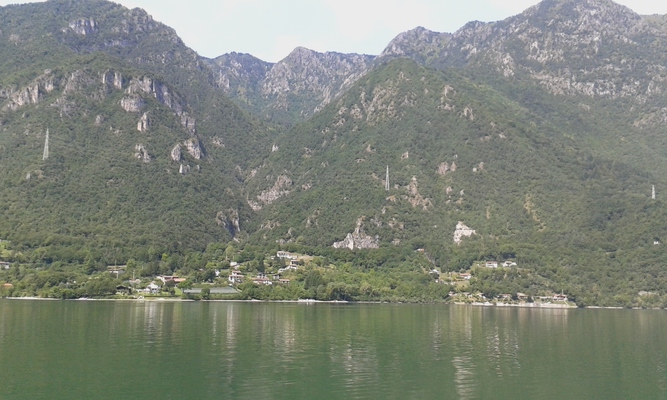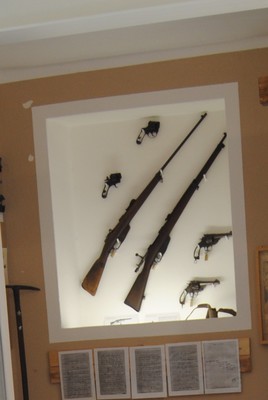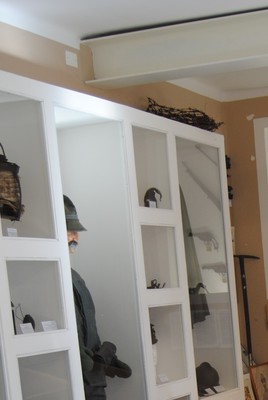A museum among tunnels and trenches.pdf
A MUSEUM AMONG TUNNELS AND TRENCHES

In spring every year secondary schools organise trips to know the local area and the 8th classes of our secondary school had the opportunity to go on a school trip to visit a historical museum about World War I and Word War II.
The museum called “Museum of the War Relics” is located in the north of Italy near the former border between Italy and Austria. This area represented a strategic place in the mountains as from here you dominate the whole valley and could observe the border, so soldiers built tunnels and trenches you can still see nowadays.
A small building hosts the museum and visitors can see relics, soldier equipment and objects dating back the two world wars which are displayed in separated rooms.
The visit also includes the surroundings of the museum with trenches, walkways and military posts along the front line. A guide takes you along the paths for about half an hour and explains a live history lesson.
The visit starts with a video about World War I which explains how people lived at that time: mules carried the parts of cannons into the mountains, women helped soldiers providing them with water and food and soldiers lived in very bad and unhealthy conditions, then on the second floor it is possible to see some objects from the Second World War.

After the museum , you walk along the side of the mountain towards the highest mount on a long and steep path, you go past a small church (the soldiers’ church), then you follow signs to Artillery emplacements, trenches and tunnels. Along the route, you explore the remains of a kitchen camp, where the women used to cook for the troops. After a while you reach two tunnel-trenches containing war relics. On the side of the second tunnel, a few steps lead up to the lookout point. From up there you can enjoy an amazing view of a mountain lake, the remains of military fortifications of the 15th century and the mountains of Adamello chain.
Looking around you can jump from one century to another without moving or turning the pages of a history book.
Authors: Rebecca Lopeboselli, Livia Bonetti and Kevin Maccarinelli